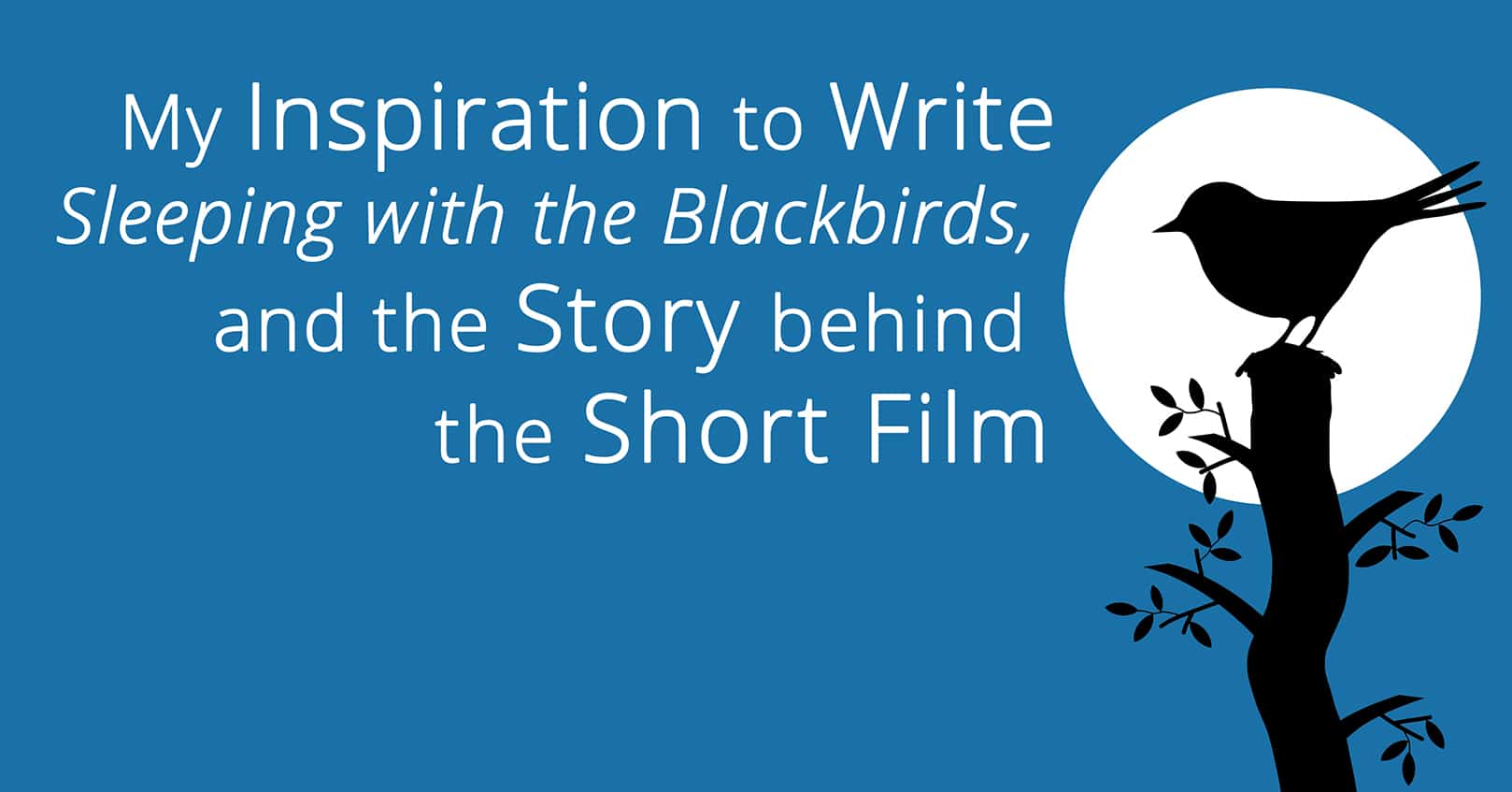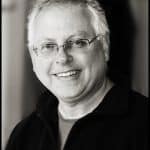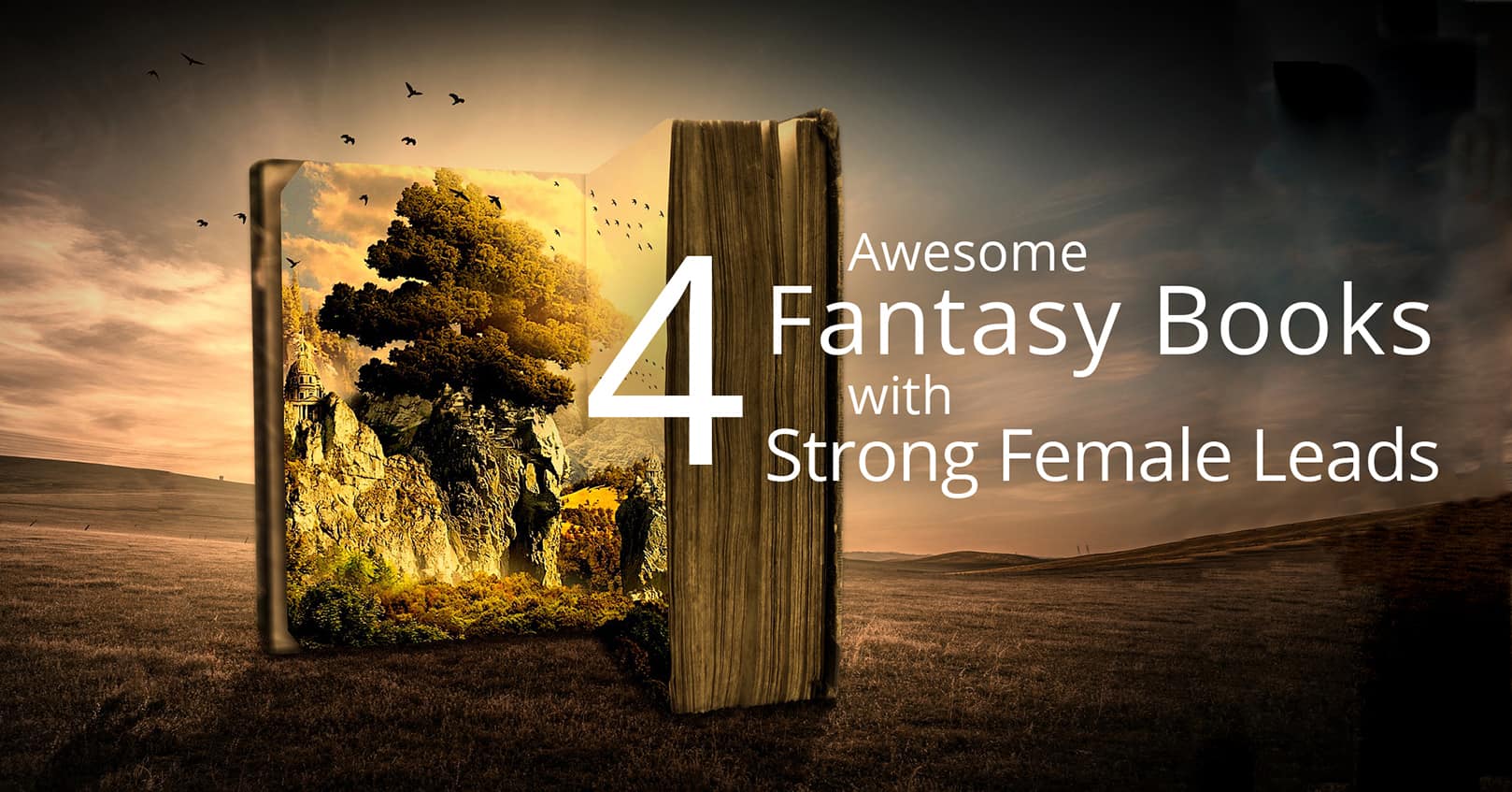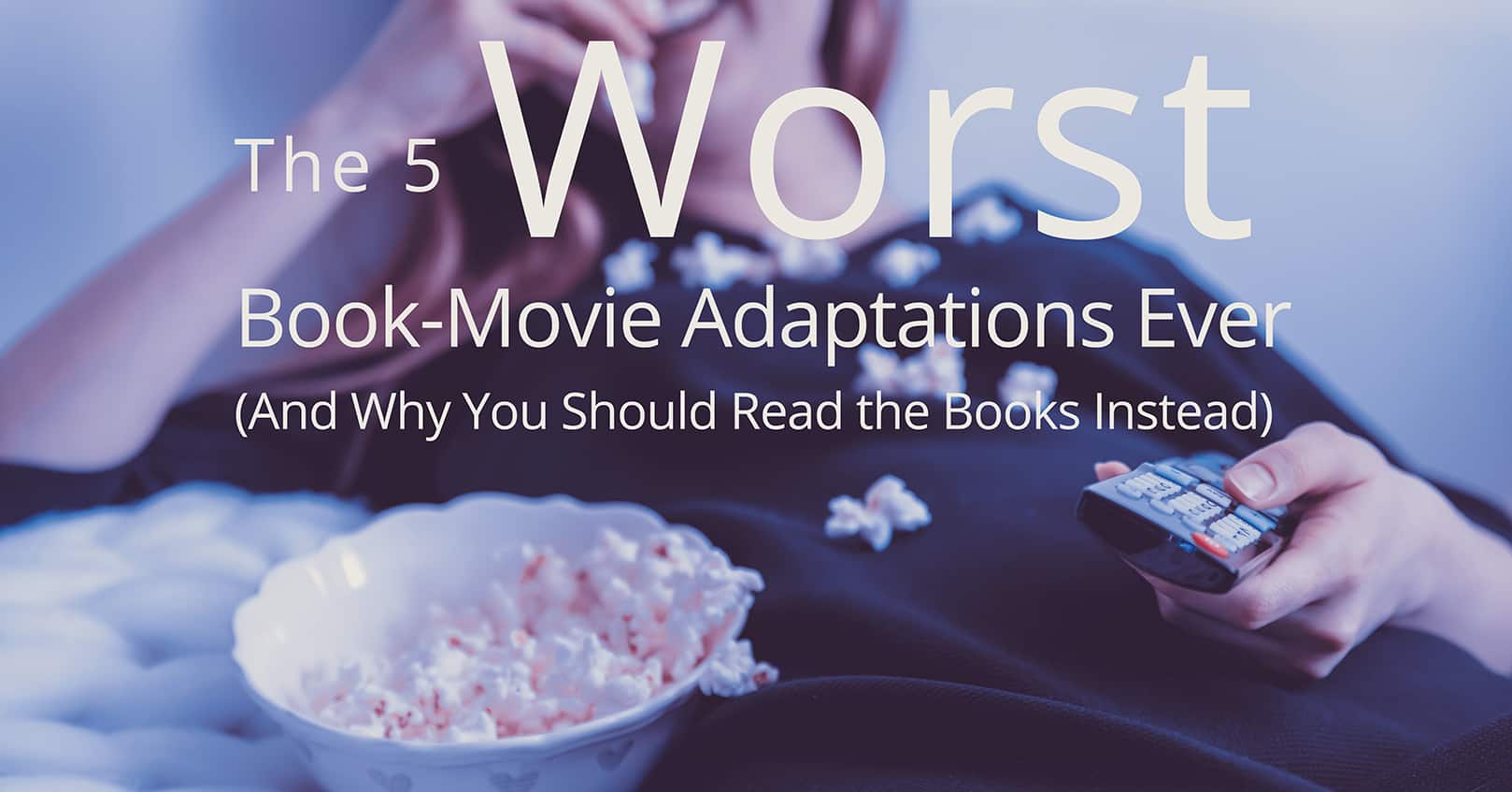
What Gave Me the Inspiration to Write?
There have been several people who have inspired me to write. Going back to my school days, I had a very unusual and inspiring English teacher by the name of Clive Lawton. He was very charismatic and had an affinity with kids to the extent that he really was on our wavelength. He’d do the most extraordinary things and turn everything on its head. On one occasion he announced that instead of him marking our essays, he was going to ask us to mark his, and then handed out old essays he’d written in the past. He’d often tell us that the syllabus was boring, and that we were going to ignore it and have a serious discussion about something fairly contentious like advertising and the blatant use of sexual imagery. The point of his lessons was to make us think and to convey to us the power of words. And by teaching in this wholly unconventional and radical manner, he not only gained the attention of every single child in that classroom, he also instilled a love of words and ideas. And as a result, every child in my class passed their O level exams, and nobody received anything less than a B grade.
Later on when I started working as an advertising copywriter, my Creative Director, a man by the name of Ken Mullen, was also influential. Ken was and still is a brilliant writer. He had two degrees in English Literature from Oxford University and is the only English advertising copywriter to have had his work quoted in the Oxford Book of Modern quotations. These included two headlines he had penned for The Times newspaper when he was working for Leo Burnett – ‘Our sages know their onions’. And ‘No pomp. Just circumstance’. He encouraged his entire creative department to immerse themselves in literature, cinema, and the arts in general. But perhaps, more importantly, he wore his learning lightly and was incredibly funny and approachable. He was, in short, the best boss you could ever hope for. And I think I became a more confident writer as a result of simply being in this environment. And I undoubtedly read more, too.
While I was at this agency, I also had the pleasure of attending an awards event and sitting next to the English novelist Beryl Bainbridge, who was picking up an award on behalf of the agency for an ad she had been briefed to write. She was very chatty and engaged me in conversation about Liverpool, where she grew up and where my own father had been brought up. She was quite delightful and so easy to make conversation with that you just completely forgot that you were conversing with one of the UK’s most acclaimed living novelists. Every few minutes she’d open a notebook and make notes, occasionally asking how to spell a certain word. She explained that she took a notebook with her everywhere and felt compelled to record interesting details and conversations, otherwise, like dreams, they’d simply evaporate. Looking back at it now, I suppose that experience, in itself, was fairly significant. When you get that close up to such a gifted and successful author and discover that outwardly they are just so incredibly normal, you think to yourself maybe I should give this thing a go.
My first attempt at writing a serious piece of fiction was about twelve years ago when I sat down and started writing what I intended to be a thriller about a missing child. The exercise was something of an experiment as I hadn’t formulated a structured plot, and I just wanted to see where my imagination took me. Around 15,000 words later, I became stuck. I just didn’t know where the story was going, and I couldn’t resolve a storyline that I found remotely satisfying. So with a heavy heart, I put the thing down. My daughter picked it up and read it and for the next few months urged me to finish it, as she really enjoyed reading what I had typed. She was so insistent that at one stage, we both sat down and tried to work out a storyline together, but to no avail.
It was a couple of years later that I had an idea for another story. This was a children’s allegorical tale that would feature an unhappy little boy and birds whose thought processes we could hear. The title Sleeping with the Blackbirds came to me fairly early on, and I knew exactly how the story would end before working out all the fine details. With the idea in my head, I sat down and wrote a fairly detailed synopsis. This was my road map. I wanted to write a tale set in the modern day: one that embraced modern technology, including the internet, but one that was written in an old-fashioned, whimsical style redolent of writers like Clive King and Richmal Crompton. I wanted the story to explore important issues like bullying, friendship, identity, and the cult of celebrity. But not in a preachy, heavy-handed fashion, but in a way that simply formed a crucial part of the story. And I also wanted to show that bullies become bullies for reasons of their own, and while this kind of behaviour isn’t acceptable, it is very often wholly understandable.
Strangely enough, I began to write Sleeping with the Blackbirds when I was working for an agency called Draft Worldwide, and at this time, the company was going through a worldwide merger with New York’s third largest agency Foot Cone and Belding (FCB). The merger was a long, drawn-out affair that went on for the best part of a year. And during this time, work dried up and clients began to jump ship. My Creative Director was ostracised and shoved to one side, and nobody knew if their jobs were safe anymore. Some bright spark described the merger as being tantamount to the Hindenberg coming to the rescue of the Titanic.
While my own working partner who I had worked with for many years was beginning to plan his escape from the industry altogether and a new life with his wife and cat in Germany, I decided to use my time and write my novella. I hadn’t been able to finish my last story for my daughter, but on this occasion, I would finish it for both my daughter and younger son.
By the time I was finally made redundant from Draft Worldwide, all I had to remove from my office were a bunch of laminated ads, a Collins dictionary, and a tatty manuscript entitled Sleeping with the Blackbirds, which eventually made it into print the following year. In 2018, it was longlisted for the Millenium Book Awards, and in 2020 was selected by the Indie Author Project for public libraries across the US and Canada.
Making a Short Film for the Book
A little while later I ended up working with a good friend to film a trailer for the book. Here’s the story behind its production:
There I was in the bar of the Holiday Inn in Welbeck Street with my old partner in crime, John Mac, who is an advertising photographer, when the subject turned to my children’s book (Sleeping with the Blackbirds), which I’d written some little while back. John has boundless energy and is always looking to get involved in interesting projects, and it was his suggestion that I try and market the thing. I should explain here that the book was originally written for my kids and published by Penpress to raise money for the homeless charity Centrepoint. But following the publication and the drafting of a commercial participation agreement that released me from any tax liabilities, my wife became seriously ill and the book was put on the back burner and received precious little in the way of marketing.
As it happens, I had already written a script to promote the book that had featured a letter written by the tale’s protagonist, 11-year-old schoolboy Roy Nuttersley, that appears at the beginning of the book. As an ungainly young boy who’s being tormented by bullies, Roy writes to Amnesty International (only he refers to the charity as Amnesia International) pleading for their help. I shared my script with John, who loved the intrigue of it but wasn’t entirely convinced by all my visual thoughts, which were pretty static. ‘We just need something more visually dynamic,’ he said while scratching the top of his head.
In the letter narrated by Roy, we learn that his tormentor, Harry Hodges, is the son of a criminal who is in prison, and it was this section of the script that excited John. ‘We have to find a prison to film in, mate. Then we can move away from beautifully lit domestic still lifes and into atmospheric interiors with eery sound effects.’ I could see exactly where he was coming from and nodded in agreement. This was to be John’s first valuable contribution.
His next visual idea concerned the very last scene, in which Roy talks about offering his services free of charge for any future publicity. My original visual was a simple newspaper headline taken from the book. But John hated it – quite rightly. I didn’t much care for it myself. He gave me one of his funny looks and I could tell he was deep in thought. ‘Look. It has to end with a dramatic crescendo – a flourish. I know . . . we can have a load of paparazzi shot against a black background firing off flashes in quick succession, followed by a dramatic shot of a newspaper falling onto paving stones in slow motion.’ The thing with John is that he makes it all seem so easy. But he hadn’t quite finished. ‘And to finish the whole thing, why don’t we have a flock of animated blackbirds flying across the screen, forming a black background out of which we could reverse out some nice reviews?’
Most conversations of this nature would probably have just ended here. After all, the logistics of producing a short film like this to John’s exacting standards would require a huge effort. But as with everything John throws himself into, he doesn’t just do ideas; he carries them through. Within a couple of days, he had produced an exquisite black and white storyboard that he had photographed himself and had arranged a meeting with his contacts at Hogarth Worldwide – London’s premier post-production house. Needless to say, they loved it and were keen to produce it.
From this moment onwards, the project began to take on a life of its own. I found myself playing the roles of location scout, stylist and casting director, all rolled into one.
First off, we had to find the right voice for our eleven-year-old protagonist, Roy Nuttersley. So at John’s suggestion I ran an ad on the website Star Now, and set up an audition in the bar area of the Regents Park Holiday Inn. This is a perfect space for voice auditions as it’s large, quiet, and free. Ten parents answered the ad on behalf of their 11-year-old sons, along with one chap of 40 who was keen to audition for the part himself. Needless to say, we politely declined his offer but arranged to audition all the other candidates.
We were very fortunate to have so many young actors to choose from, and by mid-day, we had pencilled two possible candidates, but following lunch this changed with the arrival of Jacob Tofts. His mother deliberately sat at another table so as not to distract her son, and Jacob took a quick look at the script and then proceeded to read it with such natural expression and feeling that John and I knew immediately that our quest was over. We’d found Roy Nuttersley. The following week we arranged to record Jacob at one of Hogarth’s lovely sound studios. Jacob is not only very talented, but also utterly charming and personable. I have no doubt that this young lad has a very bright future ahead of him.
Finding a prison to film in isn’t one of life’s easiest tasks. John’s initial idea was to use the prison set at Wimbledon Film Studios – the very same set that had been used by TV productions like The Bill. But we soon discovered that the studios had gone into liquidation in 2014 and that the film set had been torn down.
So I looked into finding decommissioned prisons that one could hire out. But the trouble here was that these looked too modern for a suburban fantasy, were miles outside London and were also prohibitively expensive to hire. Most locations charge for the day; we only needed to film for a couple of hours. So it was with enormous relief that I stumbled upon Oxford Castle Unlocked, the 1,000 year old site that comprises various historic edifices including a crypt, and yes, a prison – or to be more precise, Prison D-Wing. The gaol was built in the 1800s and remained in use as a high security prison until 1996, and the whole site is now run as a museum. I was on the blower right away and discovered that we could film for an hour before the place opened to the general public. With these facts quickly established, it was time to arrange our first recce.
As we thought, the prison with its corridors, creaky gates, and Dickensian cells was absolutely perfect for our purposes. The only problem was that John was going to need a minimum of two hours to set up and shoot at least four sequences, so he took the manager aside and suggested we double the fee if the museum could double the filming time by opening up 2 hours earlier.
It worked, and two weeks later we were back, this time with camera, lenses, lighting equipment and a fully kitted out prison guard in the form of one Philip Francis. Phil does a lot of film extra work and looked the part in his prison guard’s uniform, which I had managed to secure from Foxtrot costumiers and ebay. While John positioned his camera and lighting for the first shot, Phil told me about his previous jobs. Among other things he’d been a gardener and had lovingly tended the late Douglas Adams’s garden.
With the central section of the film in the can, we now had to find props and a studio for all the other scenes. My first port of call would be The Stockyard in the less than salubrious NW10, an extraordinary Aladdin’s Cave of a place. Whatever you need for your film production, you’ll find it here, whether it’s great big Grecian columns, Norman arches, statues, water mills, petrol pumps, bus stations – you name it. With the constant stream of vast articulated lorries coming and going and carrying off enormous quantities of props for some far-flung multi-million-pound productions, I felt something of a fraud. After all, all I needed was a couple of antique bookshelves, some old books and a few fake rubber flagstones. The lovely Reg who’s been part of the place man and boy helped us find everything we needed and arranged for a couple of strapping lads to put it all in the back of my old jalopy of a car. Then I had to spend the best part of a week tracking down all our other props – everything from flooring and tablecloths to camping stoves, teddy bears, and kettles – all of which had to look right in camera in black and white. This entailed trawling the internet where possible, but more often than not, traipsing round fabric suppliers, DIY warehouses and specialist shops. The studio we chose to use was Photofusion in Brixton. It’s a good space, and being Brixton, doesn’t charge West End prices. It took John three full days to shoot most of our set-ups here, including the paparazzi, one of whom was yours truly minus spectacles. The opening shot of the clock was shot in John’s living room, and the final setup of the stack of newspapers falling onto the paving slabs was filmed in my garden at night. For authenticity, I mocked up the front page of the fictitious Echo that appears in the book and even went as far as setting the type for the editorial.
John was keen to create a rain machine for this scene to add atmosphere, but as luck would have it, the heavens opened for real. This, however, was very bad news indeed, and caused John to swear and curse profusely, as it meant he’d be unable to use his very expensive tungsten lighting, which would be open to the elements. The alternative was battery operated LED lighting, which was fine until John realised that he’d need some ‘fill-in light’ to highlight the side of the newspaper stack. After much further swearing and cursing, I offered my mobile phone, which has a powerful LED torch. Surprisingly, it worked beautifully.
While my son helped operate the Heath Robinson rain machine, I had the unenviable task of dropping the stack of newspapers onto the fake paving stones while being rained on by the rain machine as well as the real thing. I think we did about 30 takes, and my son had a lot of fun soaking his old man in the process.
With everything filmed, it was back to Hogarth to talk about music and sound effects. From my own experience of making commercials, music can often be something of a sticking point, but in this event, we got lucky from the outset. Andy, the brilliant young sound engineer at Hogarth, played us two tracks that he thought had the right feel. The first one was very good, but the second was absolutely perfect, and John very cleverly suggested building a ticking clock into the rhythm section to tie in with our opening scene.
A couple of days later, we were invited by Vee, Hogarth’s senior editor, to come and have a look at the first rough cut. Seeing this on the big screen for the first time was quite something, and made the hairs on the back of my neck stand on end. It worked really well, and little Jacob’s voice sang out as clear as a bell, while both music and sound effects added just the right level of atmosphere and intrigue.
The animated blackbirds sequence was the last piece of the jigsaw, and as John rightly said when he had the idea in the first place, it would be ‘a beautiful and memorable way to finish the film.’ It’s mind-boggling how much work goes into producing a two-minute film. But you know instinctively when it gives you goosebumps after the first viewing that you’ve done something right, and that all that hard work had been worth it.

















Comments